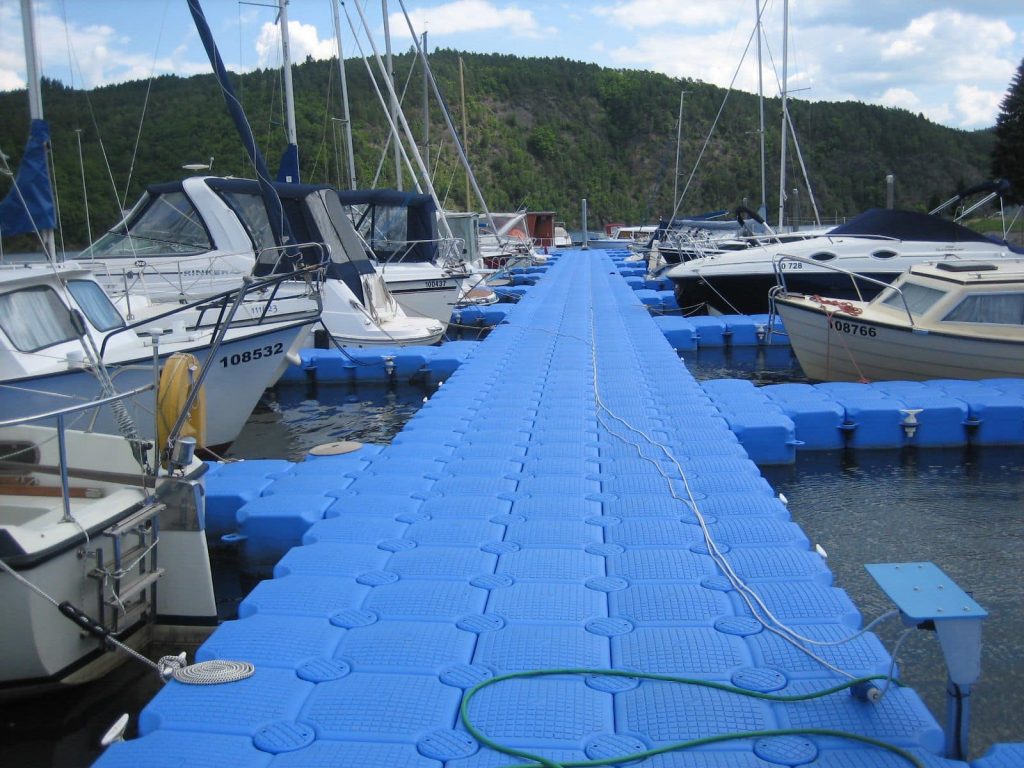Floating docks and floating jetties have become increasingly popular choices for waterfront properties due to their numerous advantages. One of the primary benefits of these structures is their adaptability. Unlike traditional fixed docks that are anchored to the shoreline, floating docks and jetties rise and fall with the changing water levels. This makes them ideal for areas with fluctuating tides or water levels, ensuring that the dock remains accessible regardless of the season. This flexibility can prevent damage that might occur with fixed docks during high water levels, such as from storms or floods. Another significant advantage is their ease of installation and removal. Floating docks are typically simpler and quicker to install than traditional docks, which require significant groundwork and piling work. This not only reduces construction time but also minimizes environmental disruption. For properties that might require seasonal use of their docks, floating structures can easily be removed when not needed and reinstalled when the weather warms up, offering flexibility for seasonal waterfront activities.

Additionally, floating docks and jetties are less invasive to the environment. They do not require deep pilings or permanent modifications to the seabed, making them a more environmentally friendly choice compared to fixed docks. The installation process is typically less disruptive, which is particularly important in areas with sensitive marine ecosystems. This also reduces the risk of damaging underwater habitats, such as coral reefs or seagrass beds that can be impacted by permanent hiseadock structures. Floating docks also provide enhanced stability and durability. Because they are designed to adjust to the water’s movement, they are less susceptible to damage from waves or ice, which can cause significant wear and tear on traditional docks. Floating docks are often constructed with durable materials like high-density polyethylene HDPE, which is resistant to UV rays, corrosion, and impacts. This makes them long-lasting and able to withstand harsh marine conditions with minimal maintenance. In terms of accessibility, floating jetties are a popular choice for people with limited mobility. Their stable and level surface makes it easier to navigate, especially for those using wheelchairs or other mobility aids.
The gentle rise and fall of the floating dock with the water level ensure a consistent platform, reducing the risk of tripping or falling, and offering better accessibility for a wider range of people. Lastly, floating docks and jetties can increase the overall value of waterfront properties. They offer a convenient and attractive feature that can enhance the appeal of the property for potential buyers. Whether it is for recreational boating, fishing, or simply enjoying the views, the addition of a floating dock can improve the functionality and aesthetic of a waterfront property, making it a highly sought-after investment. In summary, the top benefits of floating docks and jetties include their adaptability to changing water levels, ease of installation, minimal environmental impact, durability, accessibility, and potential to increase property value. These advantages make them an excellent choice for waterfront property owners looking to maximize their use of the water.
